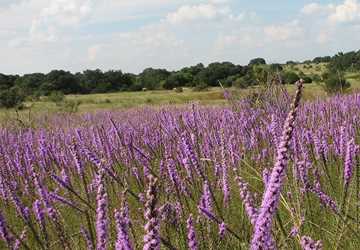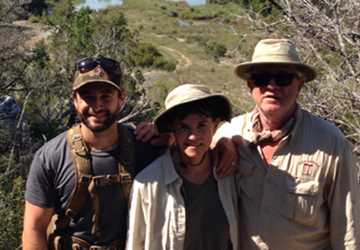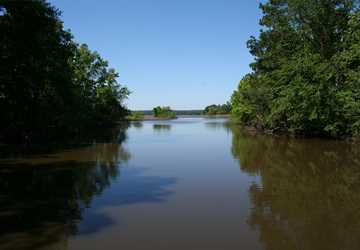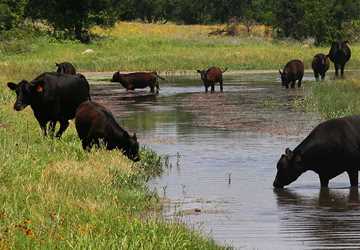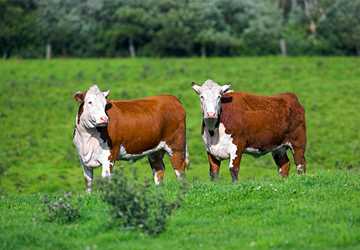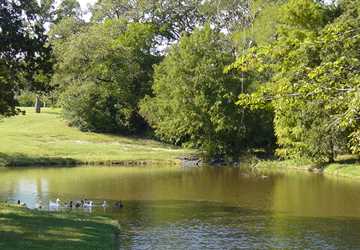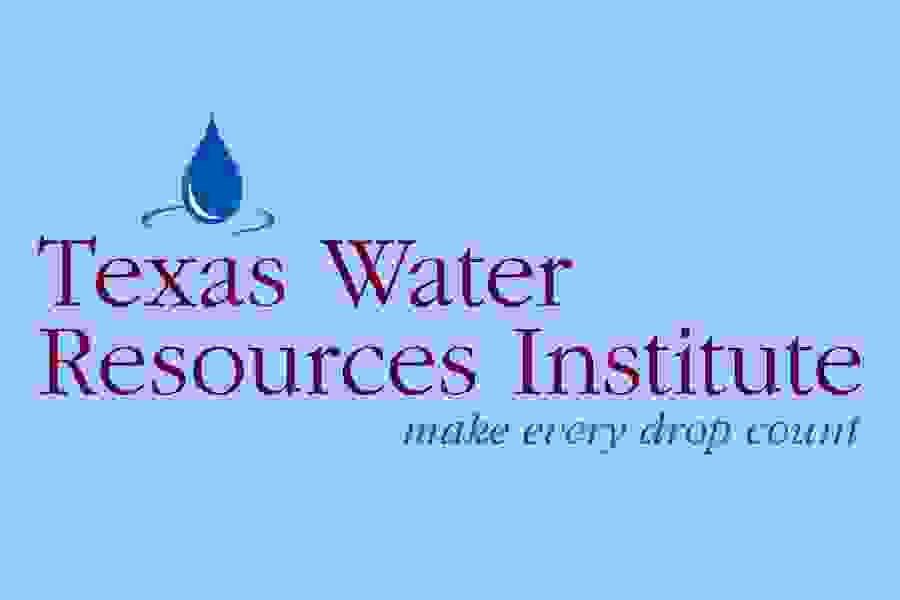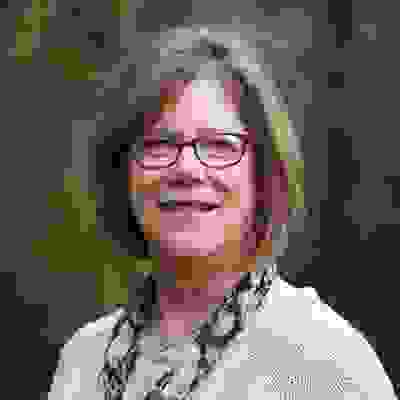Texans who will make future decisions about water — legislators, policymakers and water managers — are grappling with the challenge of better understanding the complexities of water within Texas. A group of Texas A&M University researchers is undertaking that challenge through a planned initiative, the Texas Water Observatory Network.
Still in the development stage, this network would link various types of water data and sensor networks throughout the state and integrate them into computer models. These models would then analyze and assess the state’s water availability and quality, which should lead to better informed and more sustainable water management practices, according to the initiative’s two leaders.
Dr. Jack Baldauf, executive associate dean and associate dean for research in Texas A&M’s College of Geosciences, and Dr. Alan Sams, executive associate dean in Texas A&M’s College of Agriculture and Life Sciences (COALS), said the idea for a statewide water network came about through conversations with each other and during the university-wide Grand Challenges and COALS Grand Challenges discussions.
The Texas Water Observatory Network is a spin-off of sorts of the Texas Automated Buoy System, a type of “SmartGulf” network operated by the Texas A&M Geochemical and Environmental Research Group and the Texas General Land Office. The SmartGulf concept uses a network of buoys and gliders — autonomous underwater vehicles — and other tools in the Gulf of Mexico to measure water temperature, water levels, waves and other parameters. Data obtained from the network are used to refine models and better understand such phenomena as the intensity of hurricanes or precipitation coming from the Gulf.
The associate deans envision the Texas Water Observatory Network as eventually being one piece of a future “SmartTexas.” Similar to a smart energy grid, SmartTexas would measure and monitor various resources, such as water, energy, air and climate, and their connectivity between each other.
“We have the data and the analytical ability to measure those resources in real time,” Sams said. “If you do that enough, you can then model the different resources, which leads to the ability to predict and manage the flow of these resources through society to optimize their use.”
The Texas Water Observatory Network would focus on measuring and monitoring the flow of water, Sams said.
The data portal will not be just a place to collect and manage our own data but to interface that with these other existing databases, so we have this one collective database.” It will be a database of databases.
The group is currently working on getting funding for the first stage of the observatory network: collecting information. Many federal, state and local water entities collect water data in Texas, ranging from in-stream flows to soil moisture to well contaminants. Baldauf said the group envisions a statewide, web-based data portal that collects this existing data from other networks as well as newly collected data.
The portal will be structured so that the different databases can communicate with each other, and anyone can access the information, Sams said. “The data portal will not be just a place to collect and manage our own data but to interface that with these other existing databases, so we have this one collective database,” he said. “It will be a database of databases.”
Baldauf said this portal would be a prototype. “If we can demonstrate that it is useful, it has applicability elsewhere.”
The next part of the initiative would establish a network of real-time and near-real-time sensors to collect critical information in certain areas of the state, such as a river basin, Sams said. Although there are sensors around the state already collecting water data, there needs to be more sites collecting more information, he said.
Baldauf said they would use the additional data to improve the accuracy and efficiency of existing models, such as climate, precipitation, evaporation and groundwater models. These improved models would then help researchers identify the strategic data needed to keep refining the predictive models.
One question that will need answering, Baldauf said, is “Do you have to collect all the data from the sensors, or can you narrow it down into two or three data streams?”
Baldauf said the researchers may find two data streams that give more insight and can be used as indices for the model, instead of using 16 different data streams, making it more efficient.
Both the models and data would help identify locations within the state that could reveal critical climate or water information. For example, Baldauf said, for predicting drought, there may be changes taking place in West Texas before anywhere else. Additional sensors would then be placed there.
The vision for the network is that it would provide analysis and assessment on the availability and quality of groundwater and surface water as well as forecast climate and weather variability to provide adequate water management planning and technical information.
For example, the network could be used to predict the severity of the next drought, Baldauf said.
There are a lot of competing needs for water, and as governmental organizations and regulatory organizations try to make the best policy that they can, they need to have the best information they can get so those policies are appropriate and fair and not harmful to industries.
Sams said eventually the initiative would establish a dashboard-like tool to help decision-makers make practical management decisions. “A legislator or county judge or water district group isn’t going to look at that large database or even the modeling tools that come out of that and be able to make practical decisions out of that,” he said. The dashboard would put the information into laymen’s terms so it could be used for agricultural planning, policy-setting purposes and municipal water management decisions.
“There are a lot of competing needs for water, and as governmental organizations and regulatory organizations try to make the best policy that they can, they need to have the best information they can get so those policies are appropriate and fair and not harmful to industries,” Sams said. “We want to get them the best information.”
Baldauf said the observatory network would help provide the data to manage the anticipated, future needs of the state. “We really want to understand what will be the water availability and quality in the future.”
Explore this Issue
Authors
As the former communications manager for TWRI, Kathy Wythe provided leadership for the institute's communications, including a magazine, newsletters, brochures, social media, media relations and special projects.


